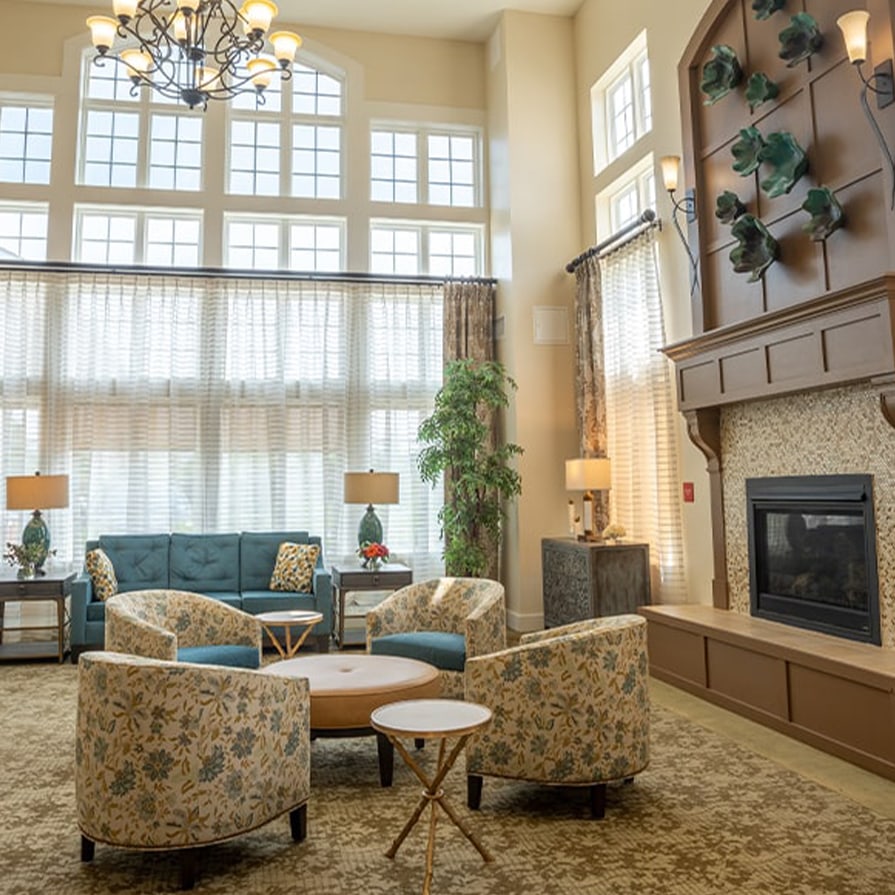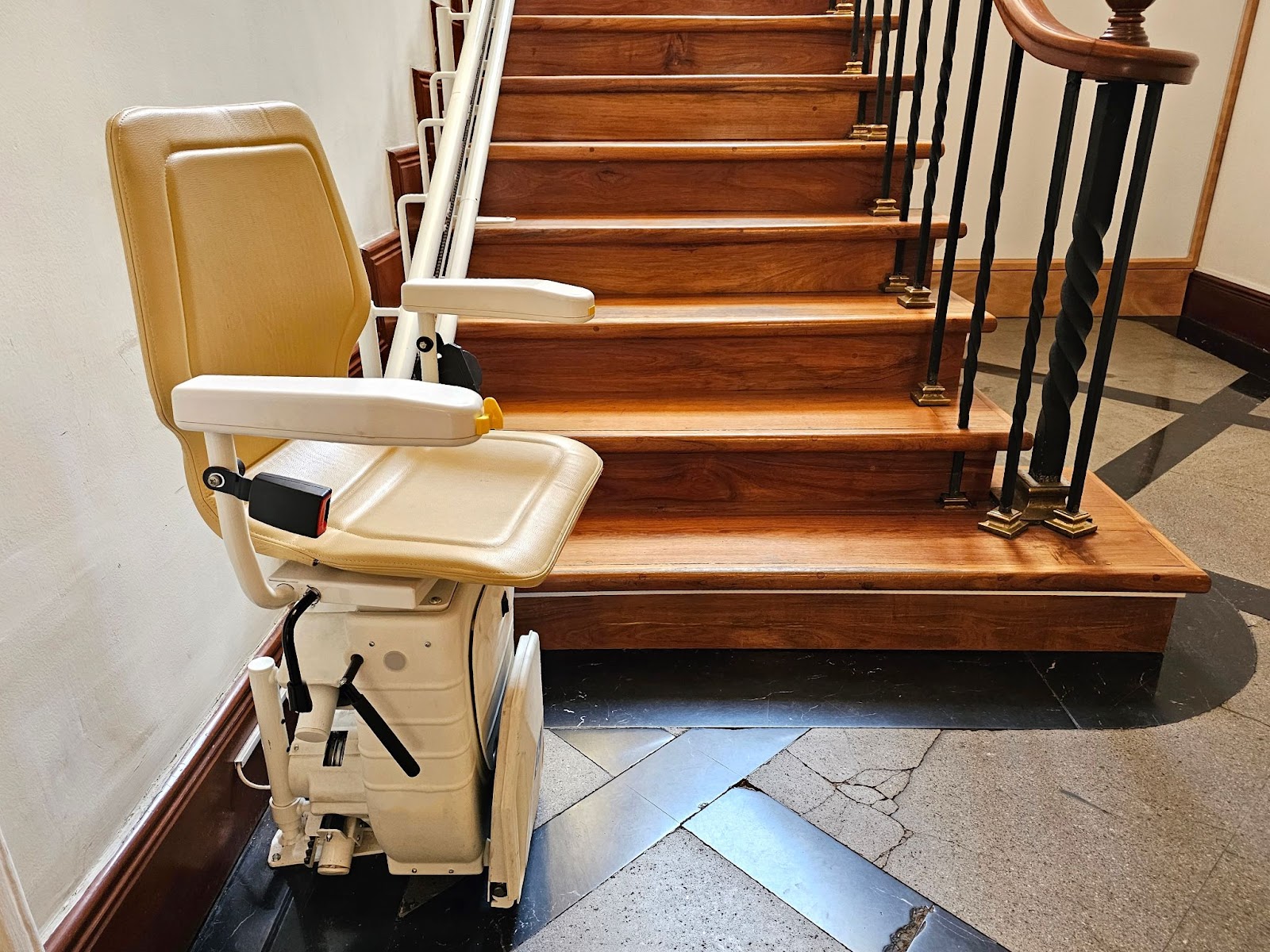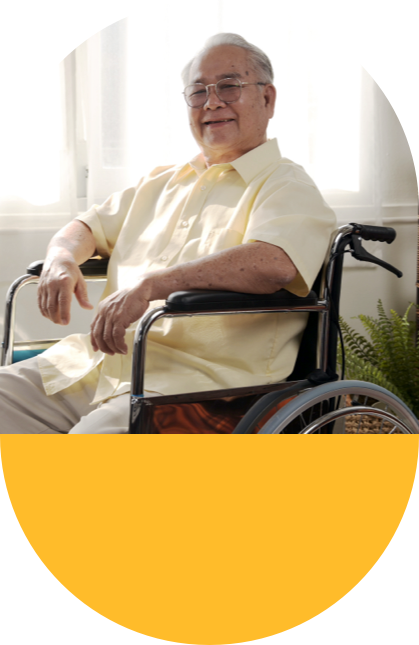Living longer is a gift, but as we grow older, our homes may no longer meet our evolving needs. Factors such as decreased mobility, changes in vision, or health issues can make navigating our living spaces more challenging.
Home modifications, such as installing grab bars in bathrooms, widening doorways, or adding ramps, can greatly enhance the safety and accessibility of living environments. By making these adjustments, we can create a more comfortable space that allows us to maintain our independence and quality of life for as long as possible.
These modifications not only improve functionality but also provide peace of mind for both ourselves and our loved ones.
Identifying Problem Areas
The first step in adapting a home for safe aging is to thoroughly identify problem areas that may pose risks. This includes assessing any potential hazards or obstacles that could interfere with daily activities or lead to accidents, which is crucial for maintaining independence and safety.
Some common problem areas to be vigilant about are:
- Stairs: As we age, mobility can become a significant concern, and navigating stairs may become increasingly difficult. To enhance safety, consider installing sturdy handrails on both sides of the staircase, and explore the option of stair lifts for individuals with limited mobility.
- Bathrooms: This area often presents a high risk for accidents due to slippery surfaces, low toilet seats, and high tub walls. Installing grab bars near the toilet and inside the shower or tub can provide essential support.
- Kitchen: Limited reach or difficulty standing for extended periods can make cooking a challenge for older adults. To accommodate these needs, lowering countertops can make food preparation more accessible. Installing pull-out shelves in cabinets allows for easier access to pots, pans, and ingredients. Using utensils with larger, ergonomic handles can make cooking less strenuous and safer, especially for those with arthritis or grip issues.
- Lighting: Poor lighting significantly increases the risk of falls and accidents within the home. Ensure that all areas are well-lit with bright, energy-efficient bulbs. Installing easy-to-reach light switches at accessible heights and using motion-sensor lights can help illuminate dark areas automatically, reducing the need to navigate in the dark.
- Flooring: Uneven or slippery flooring can be particularly hazardous, especially for those with mobility challenges. Consider replacing plush carpets with non-slip flooring options to provide better traction. Removing tripping hazards such as area rugs, electrical cords, and clutter will also create a safer walking environment. Installing floor mats with non-slip backing in high-traffic areas can also help prevent slips.
Making Modifications
Once potential problem areas have been identified, it’s time to make the necessary modifications. Depending on your specific needs, some modifications may be more important than others. It’s important to prioritize and address safety concerns first.
Some useful tools and modifications to consider include:
- Grab bars: These can be installed in bathrooms, near stairs, or in other high-risk areas to provide support and stability while standing or moving.
- Stairlifts: For those who have difficulty climbing stairs, a stair lift can be a game-changer. This motorized chair glides up and down the stairs, eliminating the need to navigate them on foot.
- Ramps: For wheelchair users or those with difficulty climbing steps, ramps can provide easier access to different areas of the home.
- Non-slip flooring: To prevent slips and falls, consider replacing slippery flooring with non-slip options such as textured tiles or rubber mats.
- Raised toilet seats: A raised seat can make it easier for individuals with limited mobility to use the bathroom independently.
- Pull-out shelves: These can be installed in lower cabinets and make accessing items in the kitchen much easier for those who have trouble bending down or reaching up.
- Lever-style door handles: Traditional doorknobs can be difficult to grip and turn, especially for those with arthritis or hand weakness. Lever-style handles require less dexterity and are easier to operate.
- Easy-to-reach light switches: Placing light switches at a lower height or installing touch-sensitive options can make it easier for individuals with limited mobility to turn lights on and off.
- Personal emergency response systems: These wearable devices can be used to call for emergency assistance with the touch of a button. They can provide peace of mind for both individuals and their loved ones.
- Home automation systems: Smart home technology can make daily tasks much easier and safer for older adults or those with limited mobility. From controlling lights and thermostats to monitoring security cameras, these systems can be customized to fit individual needs.
- Walk-in bathtubs: For those who have difficulty getting in and out of traditional bathtubs, walk-in tubs offer a safer alternative. These tubs have a door that allows users to enter without having to step over the edge.
In addition to these modifications, there are also various community resources available for older adults and individuals with disabilities to help them age in place comfortably. These may include home health services, meal delivery programs, transportation assistance, and more.
Creating a Safe & Supportive Home for Our Residents at Juniper
Making modifications to your home can help improve safety, accessibility, and overall quality of life. It is important to keep in mind that everyone’s needs and abilities are different, so not all of these modifications may be necessary or helpful. It is crucial to assess individual needs and make modifications accordingly.
At Juniper Village at Bucks County, we understand the importance of creating a safe and accessible environment for our residents. That’s why our community is designed with features such as wide hallways, grab bars in bathrooms, and emergency call systems so our residents can live comfortably and independently.
Don’t hesitate to reach out to us for more information on our assisted living options and the amenities we offer to make aging in place a reality.







